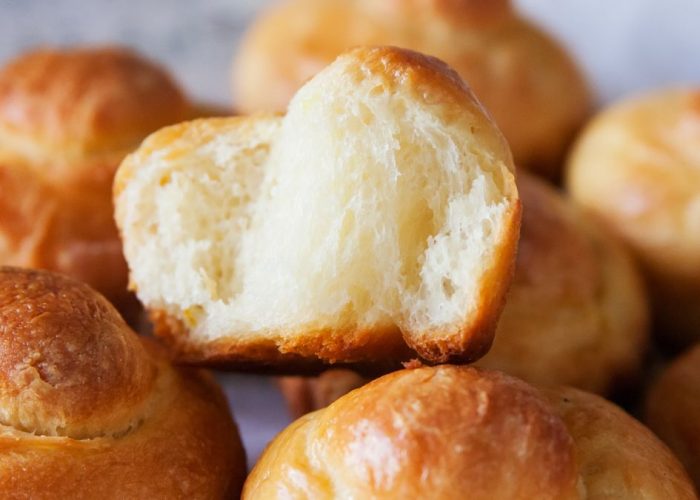Baking bread is an intimidating proposal for many peopleand for good reason. There are so many variables at play, only some of which you can control. If youve ever found yourself wishing for a bread dough cheat code, I have great news: Such a thing exists, and its called a dough conditioner.
Dough conditionersalso called enhancers or improversare basically magic flour dust. Used primarily in commercial kitchens, these specialized blends of chemical additives allow bakers to tweak every single physical characteristic of bread dough to their exact specifications. Gluten strength, gas retention, fermentation speed, flavor, crumb texture, softness, and even color can all be tightly controlled with the right dough conditioner. This level of control ensures every single batch of dough is the same, which in turn makes the rest of the baking process quick, efficient, and highly reproducible.
Home cooks can reap the same benefits on a smaller scale. Dough conditioners are easy to use; just mix with the other dry ingredients and youre good to go. You can even buy commercial-grade blends from King Arthur Flour or Amazon for $15-20 per pound, but these ready-made products have one big drawback: Theyre recipe-specific. Different doughs need different kinds of help, so an enhancer designed for whole-grain rye bread wont work for cinnamon buns and vice versa. If youre committed to one bread recipe, a pre-made blend is perfectbut if experimentation is half the fun, go DIY all the way.
Making your own dough conditioner is shockingly simple. You need just two or three common, inexpensive ingredients: Ascorbic acid powder (vitamin C), vital wheat gluten, and, optionally, powdered lecithin. Each ingredient has a different function: Ascorbic acid cuts down on mixing time and makes dough rise at warp speed, while vital wheat gluten adds chewiness and structure. Lecithin produces downright plush loaves that take ages to go stale, and its powerful emulsifying properties help even crumbly whole-grain doughs hold together. Its slightly more obscure than the other twohence its optional statusbut you wont regret tracking some down. (A quick note: Most lecithin products are soy-derived, so if you have a soy allergy, go for sunflower lecithin.)
Before the raw power of DIY magic bread dust goes to your head, there are two cardinal rules to follow. First, read the instructions. Specialty ingredients vary from brand to brand, so be sure to follow the manufacturers recommendations for proper storage and usage. Second, start smalllike, really small. A pinch or two of each ingredient will make a noticeable difference in most recipes. If you see suggested dough conditioner percentages online, ignore them. Those numbers were developed for industrial machinery and will be complete overkill.
Youll start getting the hang of bespoke dough conditioners after your very first batch. Personally, I love using ascorbic acid and vital wheat gluten in bagel dough. They significantly reduce kneading and rising time without compromising that all-important chew factor. As for lecithin, it might make pillowy homemade Olive Garden breadsticks a little too easya burden I am more than happy to bear.read more
Cheat Your Way to Perfect Bread With Dough Conditioners


